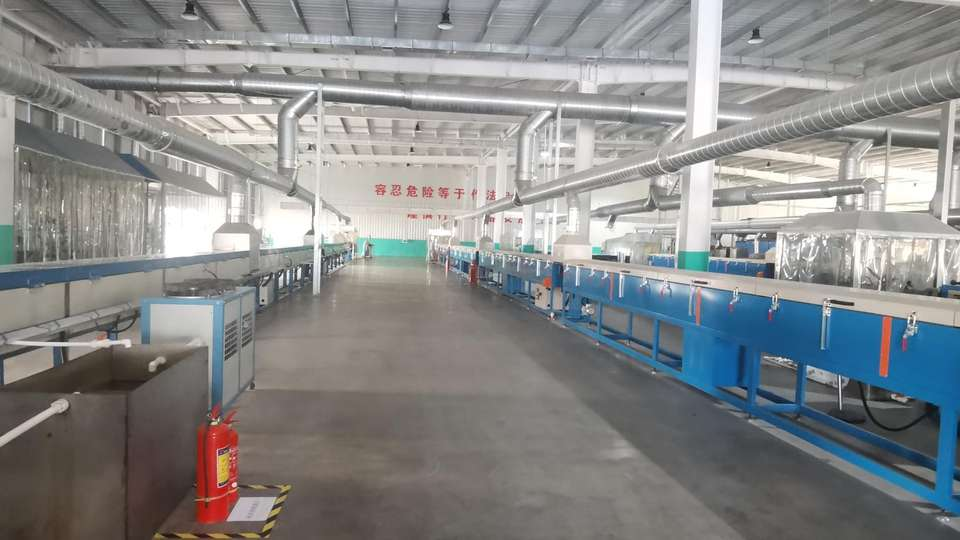stair edge guard
The Importance of Stair Edge Guards for Safety
Stairs are essential architectural features in homes, offices, and public buildings, providing vertical accessibility. However, they are also a common site for accidents, particularly slips and falls, which can lead to serious injuries. To mitigate these risks, the installation of stair edge guards has become increasingly important. These protective elements are designed to enhance visibility, prevent accidents, and improve overall safety in stairwell design.
Understanding Stair Edge Guards
Stair edge guards, often referred to as stair nosing, are materials applied to the edges of stairs. They serve a dual purpose enhancing the visual perception of the stair edges and providing a non-slip surface. Edge guards can be made from various materials, including rubber, aluminum, and PVC, and come in multiple colors and finishes to complement the stairs' design.
One primary function of stair edge guards is to increase visibility. The contrasting color at the edge of a step draws attention and helps individuals identify where the step starts and ends, particularly in low-light conditions. This feature is especially important in public spaces, where a diverse range of people—including children, the elderly, and those with disabilities—navigate the environment. Research has shown that visible markings significantly reduce the occurrence of falls in staircases.
Enhancing Safety with Non-Slip Features
In addition to visibility, another critical aspect of stair edge guards is their ability to provide a non-slip surface. Slippery stairs are a significant hazard, particularly in areas prone to moisture, such as near entryways or in facilities that may have spills. Many stair edge guards are specifically engineered with textures that enhance grip, reducing the likelihood of slips during regular use.
stair edge guard

Installation of non-slip edge guards is particularly crucial in settings with high foot traffic. In workplaces, educational institutions, and public facilities, the risk of accidents can be elevated, and ensuring the safety of stairwells is paramount. By utilizing edge guards with anti-slip properties, building managers can create safer environments for all users.
Compliance with Safety Standards
The implementation of stair edge guards is not just a proactive measure; it is often a regulatory requirement. Various building codes and safety standards mandate the use of stair nosings in commercial and public buildings to ensure safety compliance. Adhering to these codes not only protects individuals but can also shield property owners from legal liabilities arising from injuries due to negligence.
Moreover, incorporating edge guards into building designs reflects a commitment to safety and well-being. This attention to detail can enhance a building’s reputation, enticing tenants or patrons who prioritize environments designed with care for their safety.
Conclusion
In conclusion, stair edge guards play a vital role in maintaining safety in stairwell design. By improving visibility and offering non-slip surfaces, they help prevent accidents and injuries. Their importance goes beyond mere aesthetics; they are a fundamental part of compliance with safety standards and regulations, reflecting a broader commitment to secure environments. Whether in a home or a public space, investing in stair edge guards is a practical decision that prioritizes the safety of all who navigate stairs. As we continue to improve architectural designs, incorporating innovative safety features like stair edge guards is essential in creating spaces that are both functional and secure.
-
Under Door Draught Stopper: Essential ProtectionNewsJul.31,2025
-
Garage Door Seal and Weatherstrips for ProtectionNewsJul.31,2025
-
Edge Banding Tape for Perfect EdgesNewsJul.31,2025
-
Table Corner Guards and Wall Corner ProtectorsNewsJul.31,2025
-
Stair Nose Edging Trim and Tile Stair SolutionsNewsJul.31,2025
-
Truck Bed Rubber Mats for Pickup BedsNewsJul.31,2025
-
Window Weather Stripping for Noise ReductionNewsJul.29,2025